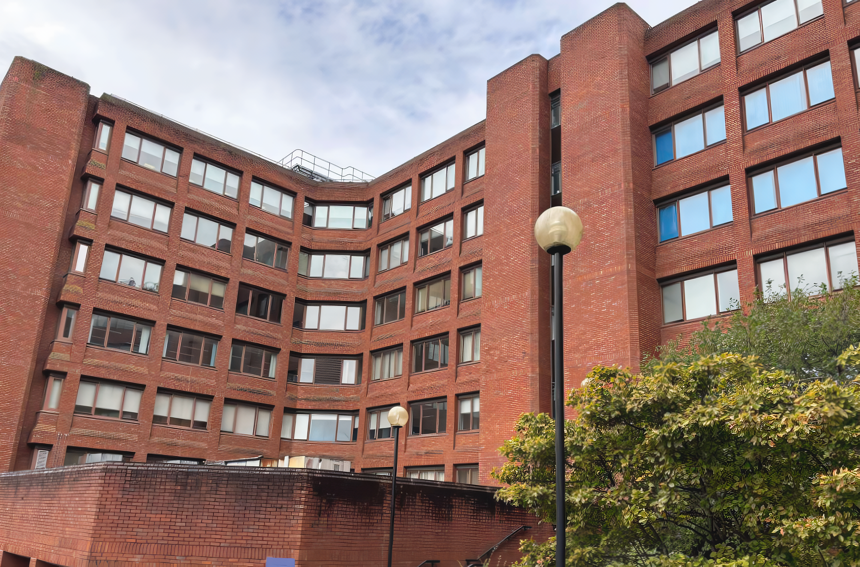Construction project – Subcontractor – Liability for damages — Court finding first defendant in repudiatory breach – Court determining amount of damages – Whether opinion evidence of engineer as factual witness being admissible – Whether court disregarding first defendant’s failure to perform obligations removed by agreement and subcontracted to third party – Ruling in favour of claimant
The claimant company was the main contractor for the new Wembley stadium. The first defendant, a subcontractor appointed to design, fabricate, supply, deliver and erect the steelwork for the stadium, was a member of a group of which the second defendant was the holding company.
By agreement, the first defendant’s role under the subcontract was substantially reduced on two occasions and, on 2 August 2004 (by which time the first defendant’s obligations were limited to a fraction of their original scope), the parties parted company in acrimonious circumstances. The Technology and Construction Court (TCC) and the Court of Appeal held that the first defendant had repudiated the subcontract. After 2 August, the claimant employed a third party to perform the first defendant’s repudiated obligations.
The parties commenced proceedings, claiming damages for breach of contract. Crucial issues of principle were identified between the parties and determined as preliminary issues: see Multiplex Constructions (UK) Ltd v Cleveland Bridge UK Ltd [2006] EWHC 1341 (TCC); [2006] PLSCS 193. Following that judgment, the parties attended mediation, but failed to reach a sensible resolution and spent the next two years litigating the claimant’s claim for damages and the defendants’ claim for a final account: see [2007] EWHC 145 (TCC); [2007] EWCA Civ 1372; [2008] EWHC 231 (TCC); and [2008] EWHC 569 (TCC).
The present proceedings were brought to draw up the final account between the parties. The court was asked to assess the total sums that the claimant owed the first defendant for work done and materials supplied and the damages that the first defendant owed the claimant for defects and repudiation. The court was required to determine, inter alia, whether (i) the opinion evidence of an engineer called as a factual witness was admissible; and (ii) the court should disregard the first defendant’s failure to perform obligations had already been removed by agreement and subcontracted to a third party at the date of repudiation.
Held: The court ruled in favour of the claimant.
(1) As a matter of practice in the TCC, technical and expert opinions were frequently expressed by factual witnesses in the course of their narrative evidence without objection being taken. Such opinion evidence did not have the same standing as the evidence of independent experts called pursuant to CPR 35 but it was usually valuable and often led to considerable saving of costs. Accordingly, in construction litigation, an engineer who was giving factual evidence might also proffer statements of opinion that were reasonably related to the facts within his or her knowledge and relevant comments based upon his own experience: DN v Greenwich London Borough Council [2004] EWCA Civ 1659 considered.
(2) If a contractor repudiated at a time when the employer had resolved to remove certain of its obligations and had already engaged another contractor to perform those obligations, the court, in assessing damages, should disregard the contractor’s failure to perform those particular obligations. That proposition applied both as between employer and main contractor and as between main contractor and subcontractor.
(3) On the evidence and in all the circumstances, the overall result was that the first defendant had to pay the total sum of £6,154,246.79 to the claimant in respect of overpayments previously made by the claimant, damages for breach of contract and interest.
Per curiam: The lesson that might be drawn from this litigation was that parties would be well advised to use the dispute resolution service offered by the TCC in a more conventional and commercial manner than had been adopted in this case. Once the court had decided questions of principle, the parties could save themselves and their shareholders many millions of pounds by instructing their advisors to agree reasonable figures for quantum, if necessary with the assistance of a mediator unconnected with the court. If one party was not prepared to negotiate, the other party could protect its position by making a timely and realistic offer under CPR 36. The court’s decision on preliminary issues should be used by both parties at least as a basis for sensible assessment. It should not be used as a platform from which the victor on the preliminary issues might launch new and ill thought out claims in order to transform its case on quantum.
Roger Stewart QC, Paul Buckingham, Gideon Scott Holland and Alice Sims (instructed by Clifford Chance LLP) appeared for the claimant; Adrian Williamson QC, Simon Hargreaves and Lucy Garrett (instructed by McGrigors LLP) appeared for the defendants.
Eileen O’Grady, barrister







